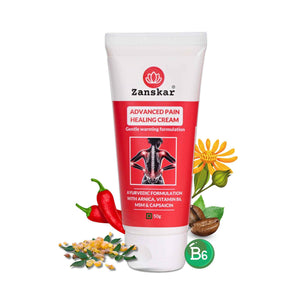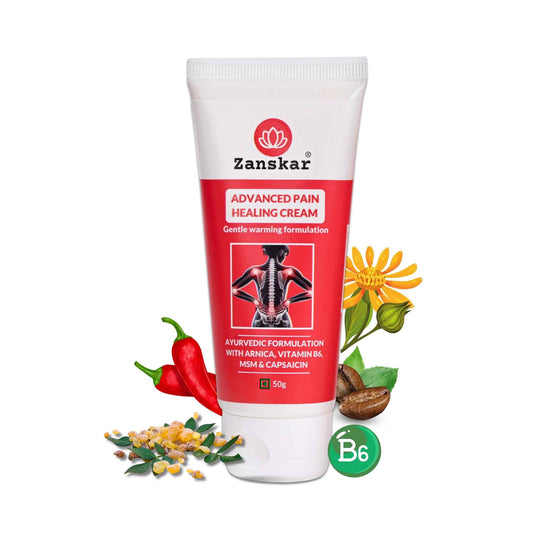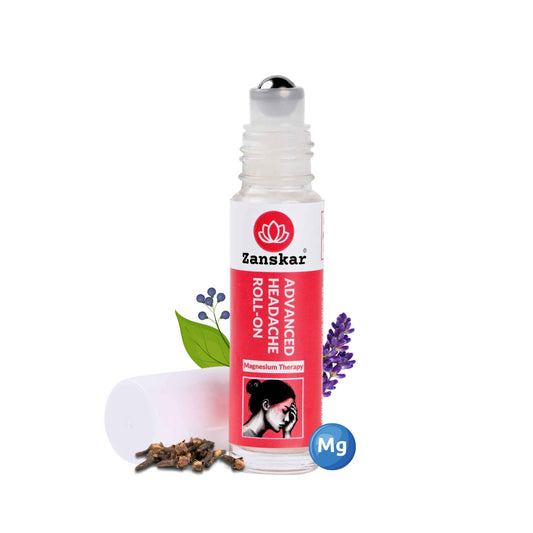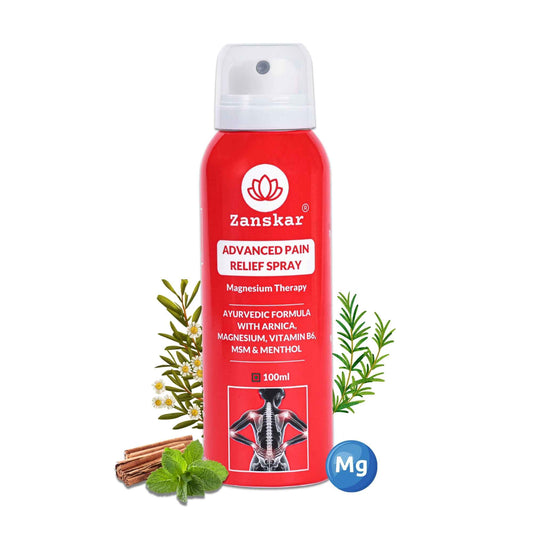
Antidepressants for Chronic Pain: Why Doctors Prescribe Them and Do They Work?

Antidepressants are commonly prescribed to treat depression, but in recent years, doctors like myself have begun prescribing them for treating chronic pain. While the use of antidepressants for this purpose is becoming more common, there is still some debate over their effectiveness.
In this article, our orthopaedic expert panelist explore why antidepressants are prescribed for chronic pain and examine the pros and cons of using them for this purpose.
“Why is my doctor prescribing a depression drug for my pain?” Do they think it’s ‘all in my head’?”
“As I gently float the idea of prescribing an antidepressant to help my next patient who suffers chronic pain every day, I wonder if that’s the thought going through their mind. The concern usually melts away as I explain.
I explain that choosing a medication has to be tailored to the individual and that we make treatment decisions together after a series of considerations.”
What is the most common antidepressant used to treat pain?
Even though doctors file them all under the umbrella of “antidepressants”, there’s a broad range of medications that are different to each other and have very different mechanisms of action on the mind and body. When we appreciate this, we can often find a medication most suitable for a treatment trial.
“The most common antidepressant medicines I prescribe for my patients experiencing chronic pain are amitriptyline and duloxetine”.
About amitriptyline
Amitriptyline is a very old drug that’s been around since the 1960s. While predominantly used as an antidepressant since its discovery, these days it’s often used for other purposes. “I most commonly prescribe this for chronic pain, nerve pain, and irritable bowel syndrome (IBS)”.
One of the advantages of this medication is it comes in small dosage tablets.
“I often start at 1/30th of the maximum dose, allowing us to start at a tiny dosage and slowly work up. Side effects are bothersome, the dry mouth being the main one, but thankfully is dose-dependent. This also means starting at very small doses allows us to minimise the negative impacts”, says our expert.
About duloxetine
Duloxetine is an antidepressant belonging to a class called serotonin–norepinephrine re-uptake inhibitors or SNRIs.
It is listed and commonly prescribed to treat fibromyalgia, neuropathic pain and central sensitisation, in addition to depression and anxiety disorders.
“I find duloxetine is worth a try for patients who, outside of their chronic pain, would also benefit from antidepressants for their mood. Occasionally I would change an existing antidepressant a patient is on over to duloxetine to try and provide pain relief”, says our expert.
What do these antidepressants do?
Or more importantly, what do we want them to do? Different medications can do different things, but in this case, we’d like it to:
• Reduce overactive pain signals
• Reduce pain from damaged nerves
• Studies tell us antidepressants aren’t usually as effective for ‘physical pain’ such as a bruise or a cut
What are the prescribing considerations?
Side effects are the biggest consideration. They may include things like dry mouth, nausea, feeling tired, or gastric discomfort. “Side effects may depend on the dosing - this is why we would often start with a low dose and gradually increase it”, says our expert.
Will antidepressants fix my pain?
Medications help some people more than others, but using them alone will not solve the problem. Chronic pain is a complex puzzle to solve, and medication is only one ingredient in a broader multifaceted management plan. It is better used as a therapy enabler, together with pain education, psychological therapy, physiotherapy, and lifestyle support.
“I always tell my patients that the goal of the medication is not to eradicate all pain, but rather to act as a ‘circuit breaker’ in the often self-perpetuating cycle of pain. If you’re stranded in water, the medication is like a floaty that relieves the stress of treading water, so you can focus on where to swim”, says our expert.
How do these other therapies help with my pain?
As the saying goes, you can’t lift a table from one corner only. It’s usually the non-medication-based therapies that provide better and longer-lasting benefits, to reduce your pain, improve your function, and have more good days. If you would like to discover what these non-drug therapies are, please click through our suggested posts.
Learn More About Zanskar Health
If you have joint or muscle pain that makes it hard to move, Zanskar offers the most advanced full stack pain relief solutions for you.
Now available to purchase, Zanskar® Advanced Pain Healing Cream has a unique formulation of natural ingredients like Arnica, Vitamin B6, MSM and Capsaicin, which is trusted by over 20L+ pain sufferers globally. It provides lasting relief from muscle and joint discomfort that you can feel good about. Get your fix before stocks run out - buy now.
You can also gain access to therapeutic exercises and stretches for your condition by downloading the Zanskar Health physiotherapy mobile app. Additionally, you’ll have a personal care team to guide, support, and tailor our program to you, including behavioral and nutritional coaching.
Download our mobile app here 👉 download and track your exercise streak.
Medical Review: This article is written by Dr Nishtha Mittal (Senior Health Content Editor at Zanskar Health) and has been medically reviewed by Dr Rashi Goel (Senior Physiotherapist at Zanskar Health). This article and its contents are provided for educational and informational purposes only and do not constitute medical advice or professional services specific to you or your medical condition.







